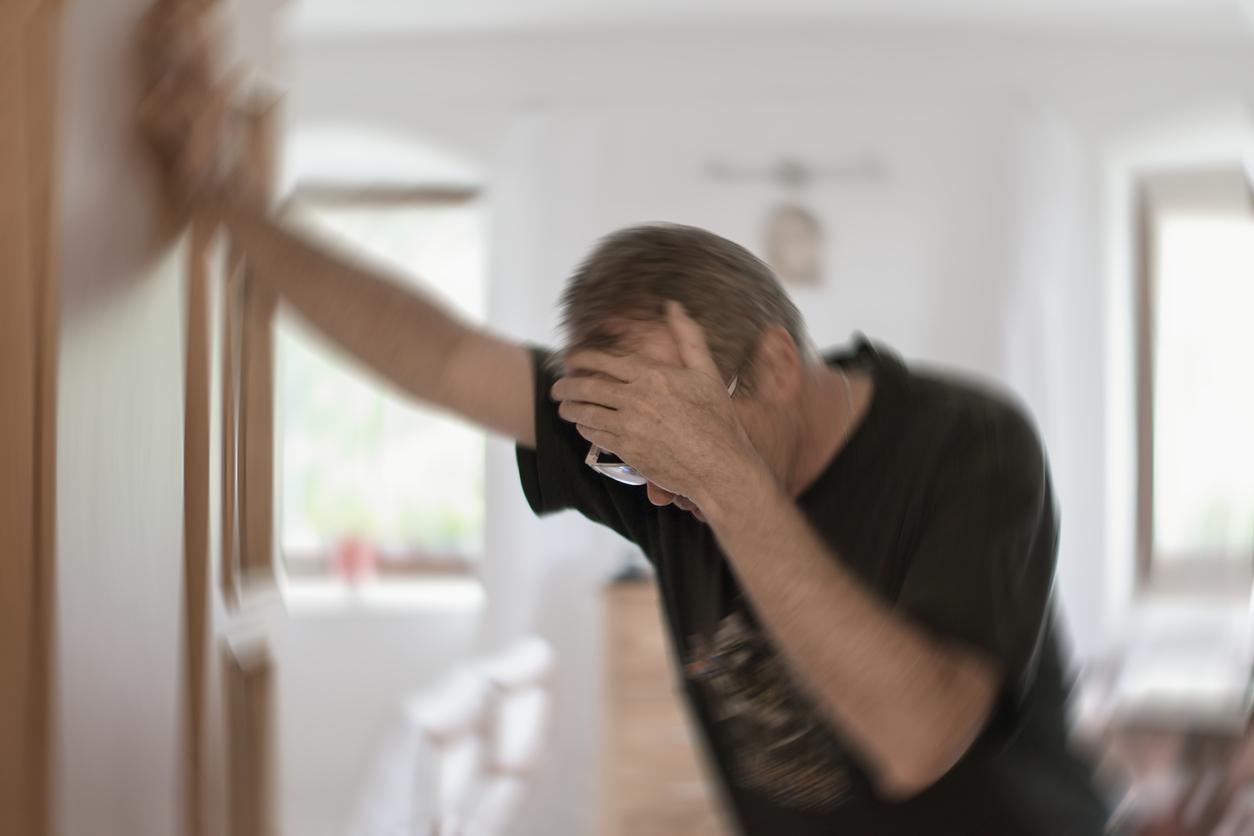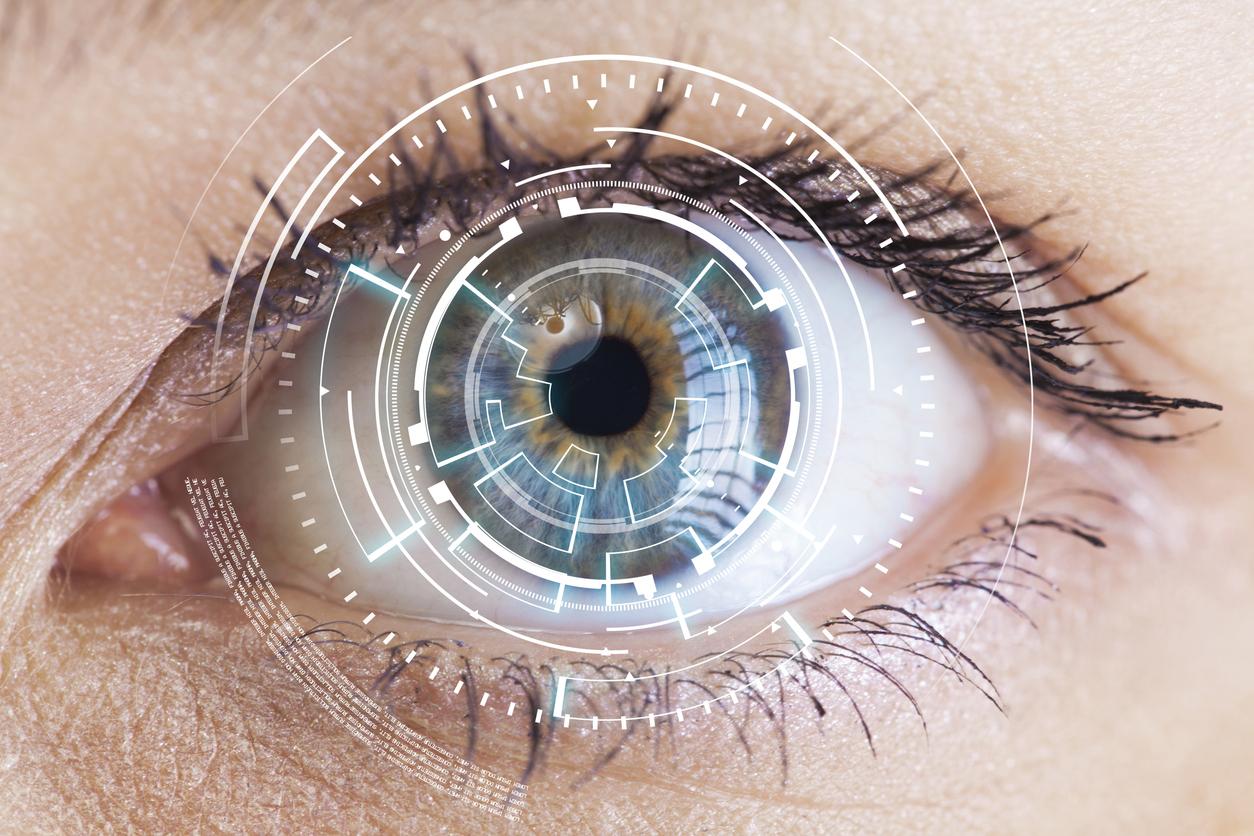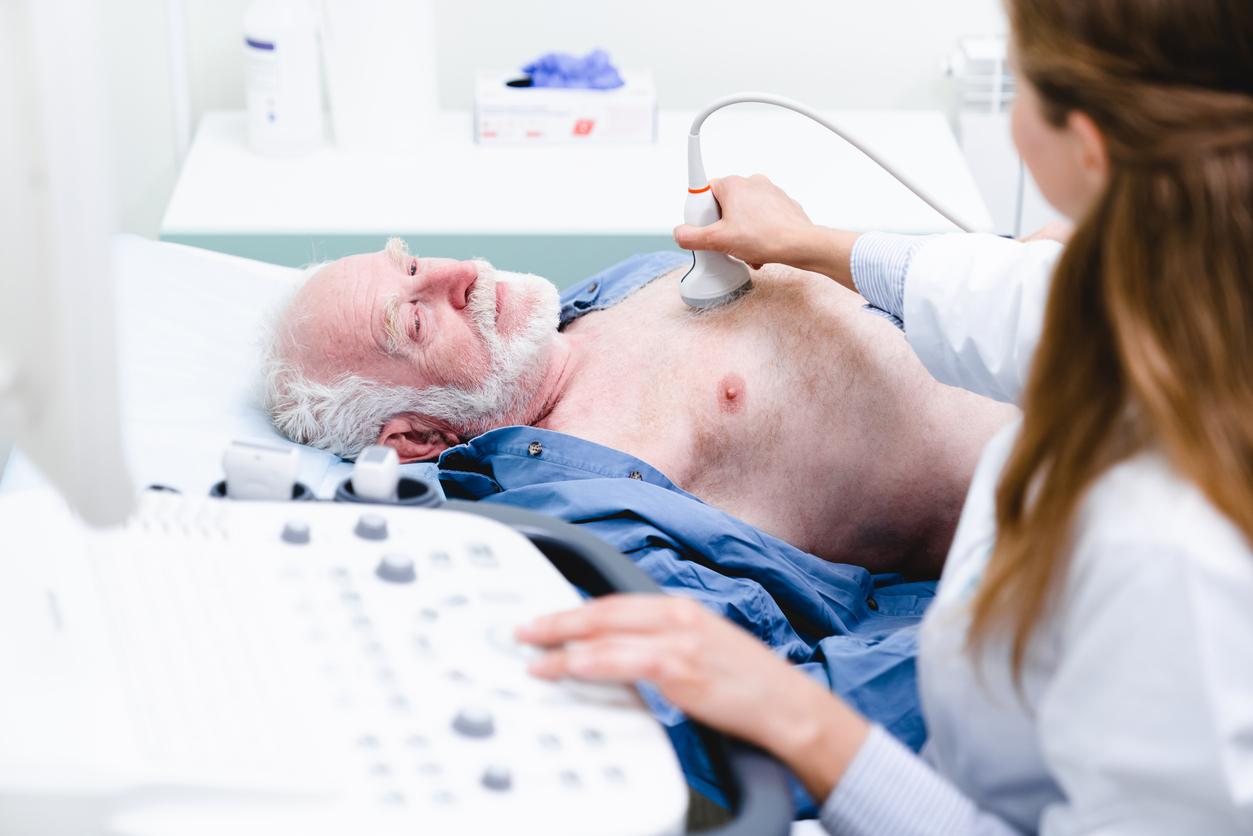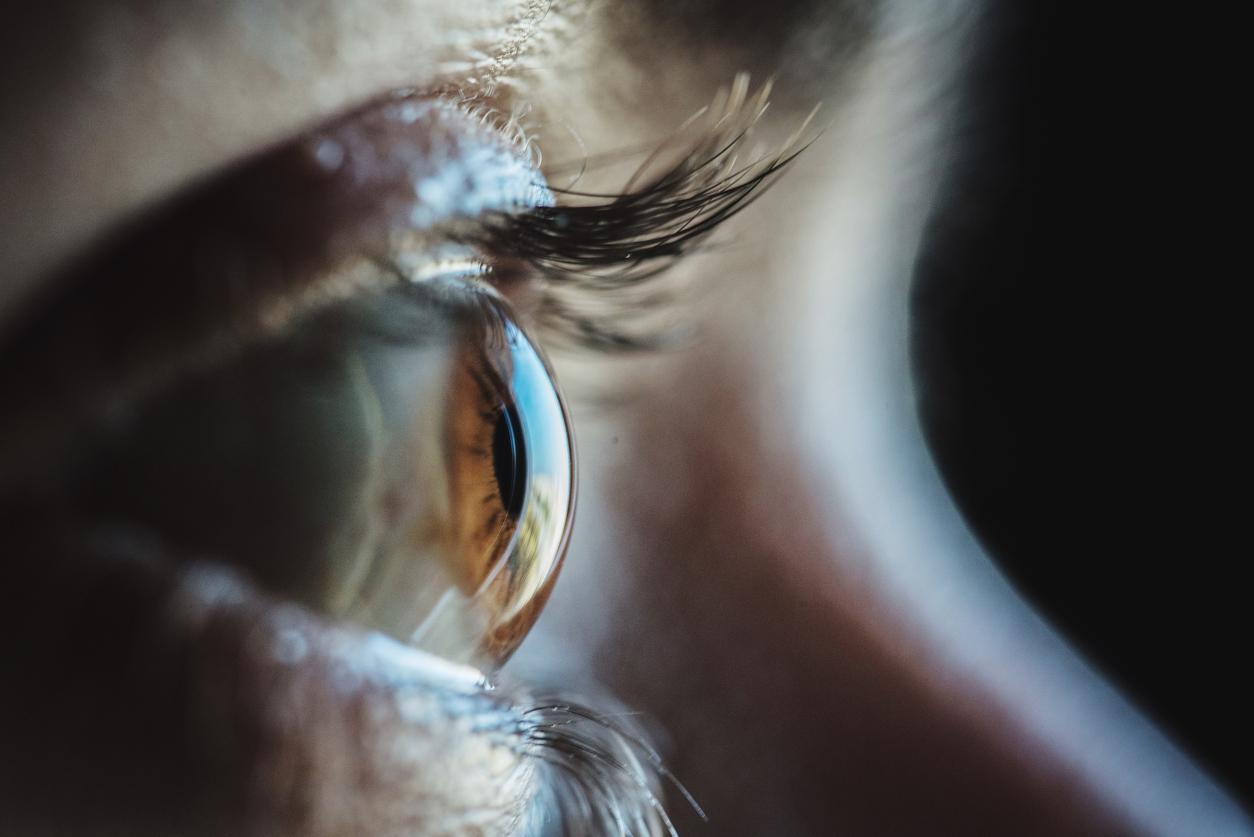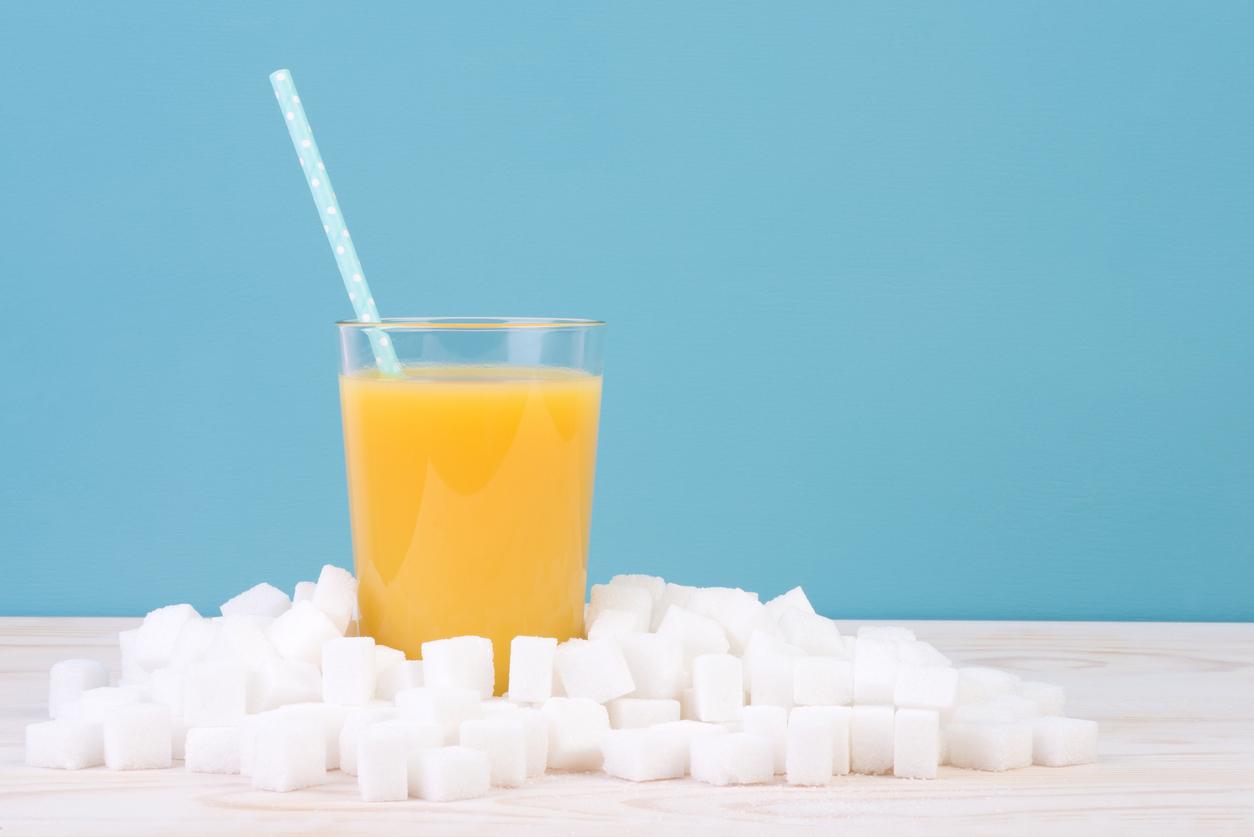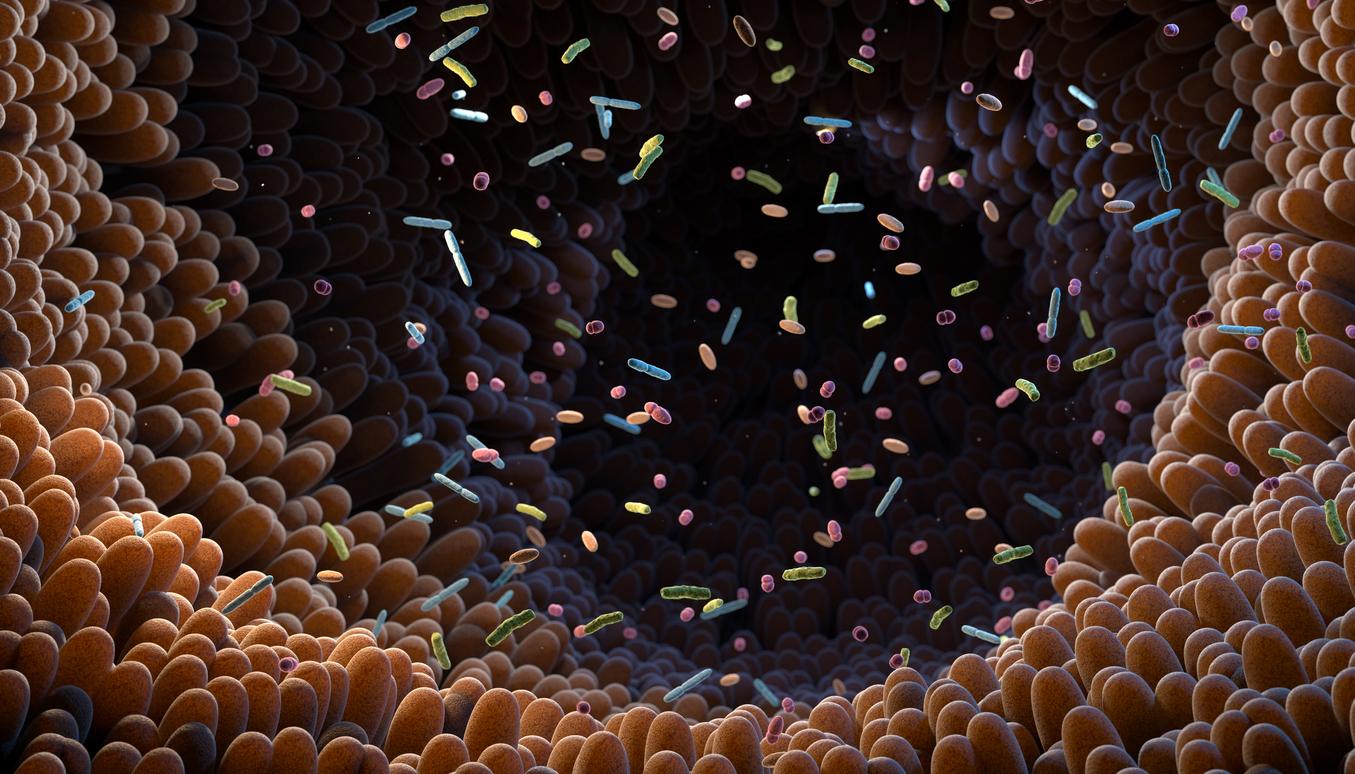Doctors are sounding the alarm, following the case of an inmate suffering from a stroke after consuming synthetic cannabis. This is not the first time that the existence of a link between these substances and the increased risk of stroke has been proven.
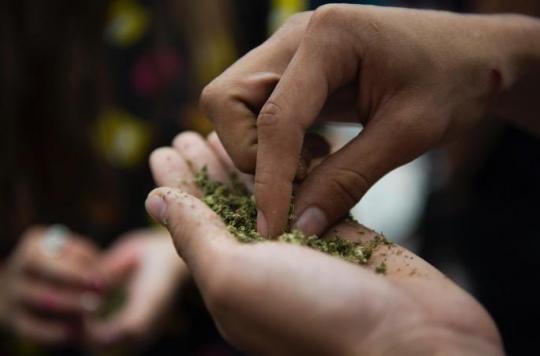
K2, Spice, Yucatan Fire, Sence, Chill X .. Whatever its name, the synthetic cannabis remains a harmful substance. It consists of a mixture of dried plants on which a solution of synthetic cannabinoids has been sprayed. It does not contain THC, the active ingredient in cannabis, but molecules that mimic the effects of majijuana. Doctors warn of the dangers associated with these substances in the British Medical Journal. They could increase the risk of stroke.
An inmate without a risk factor
American doctors wondered when faced with the case of a 25-year-old inmate. He had no history of heart disease in his family, had quit smoking for two years, and was not affected by any cardiac risk factors. However, this young man was affected by a stroke and remains today with a permanent handicap. It is not the first time that he has used these substances. He had already been the victim of episodes of confusion related to this consumption in the previous six months. Researchers agree that they cannot be 100% certain that only synthetic cannabis is responsible for this stroke. But in recent months, several studies have proven the existence of a link between this synthetic cannabis and the increased risk of stroke.
Known dangers
Several side effects of synthetic cannabis are recognized: anxiety, psychotic episodes, altered heart rate, chest pain, low blood pressure, malaise or even inflammation of the arteries and veins of the hands and feet. Other studies have recognized the dangers of these substances to brain health. According to Drug Info Service, synthetic cannabinoids are even more dangerous than cannabis: they can be 2 to 100 times more potent than THC.
The French, more and more in favor of cannabis
Cannabis continues to be debated in France. An Ifop survey for Echo Citoyen and Terra Nova, revealed by France Info, shows that more and more French people would be in favor of authorizing cannabis if its consumption is regulated. They are 41% to be in favor of a “controlled opening”. In 1996, they were only 26%.
The therapeutic use of cannabis also seems to be increasingly accepted: 82% of respondents want it to be authorized on prescription. In France, Sativex, which aims to relieve patients with multiple sclerosis, has been authorized since 2014. But it has never been marketed because of a disagreement on its price. Last May, Agnès Buzyn declared, during an interview with France Inter, that cannabis for therapeutic use “could” arrive in France. According to her, the Ministry sends back from various institutions all the information available on the interest and effectiveness of therapeutic cannabis.
The use of cannabis, whether recreational or medical, is the subject of a long debate in France that Pourquoi Docteur has always followed. Prof. Amine Benyamina, head of department at Paul-Brousse hospital and brilliant clinician specializing in addictology, was the guest of our program “From recreational cannabis to games: the new faces of addiction”.

.







